Resident Evil 2 revisited: The director of the 2019 remake reflects on the pervasive power of the 1998 original
Retro Gamer sits down with the creators of Resident Evil 2 Remake to find out why the original is so legendary
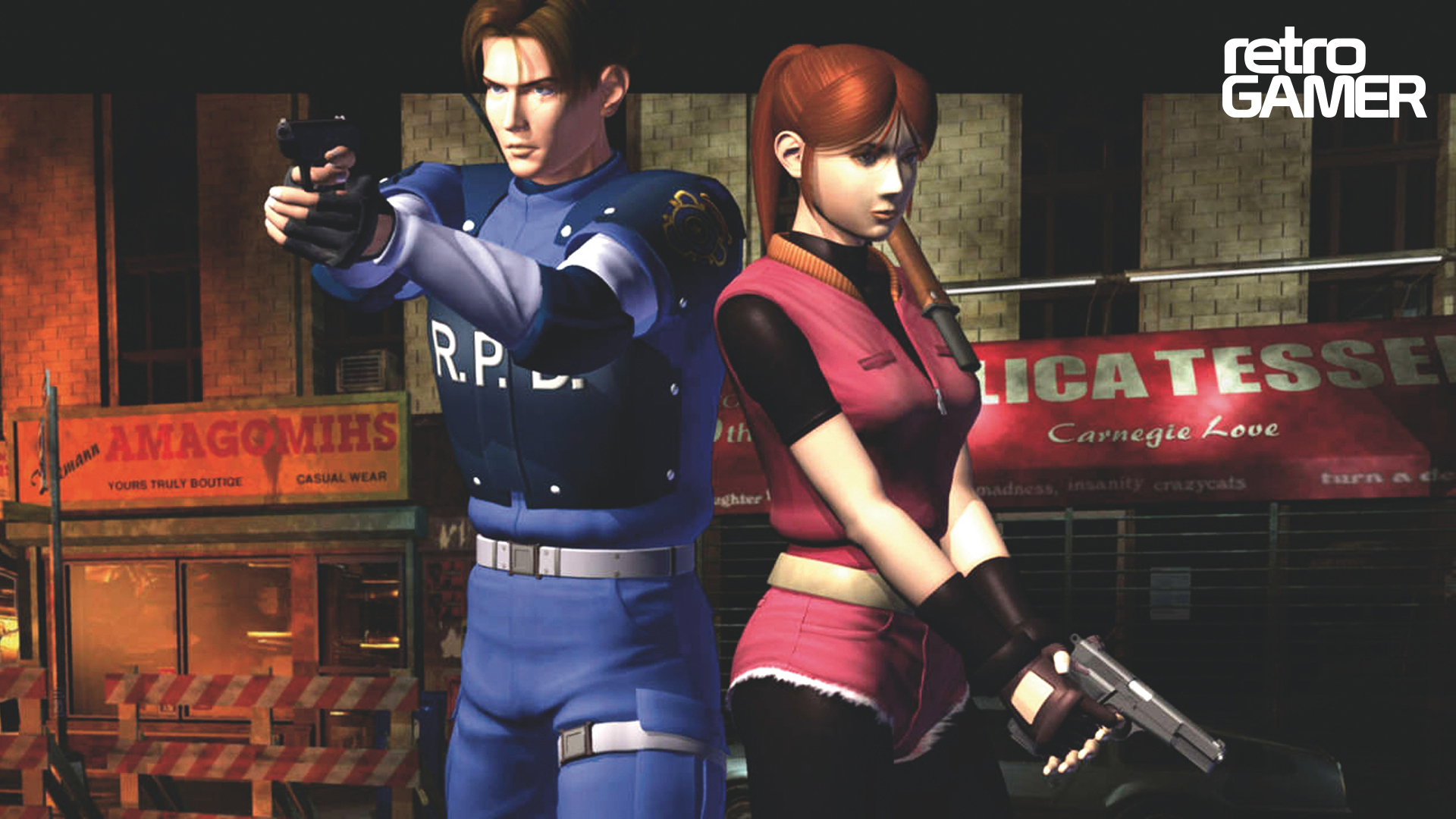
Sometimes, it's easy for players to fall into the trap of thinking that sequels are easy games to make – and that's far from the truth. If your game is successful enough to warrant a follow-up, you have to identify exactly why that happened in the first place, then keep that magic while delivering enough new content and improvements to justify the spend to prospective players. And while many were successful in that regard, there are plenty of sequels that have disappointed players and faded into obscurity – for every Tomb Raider 2, there's a Heart Of The Alien, and for every F-Zero X, there's a Sparkster.
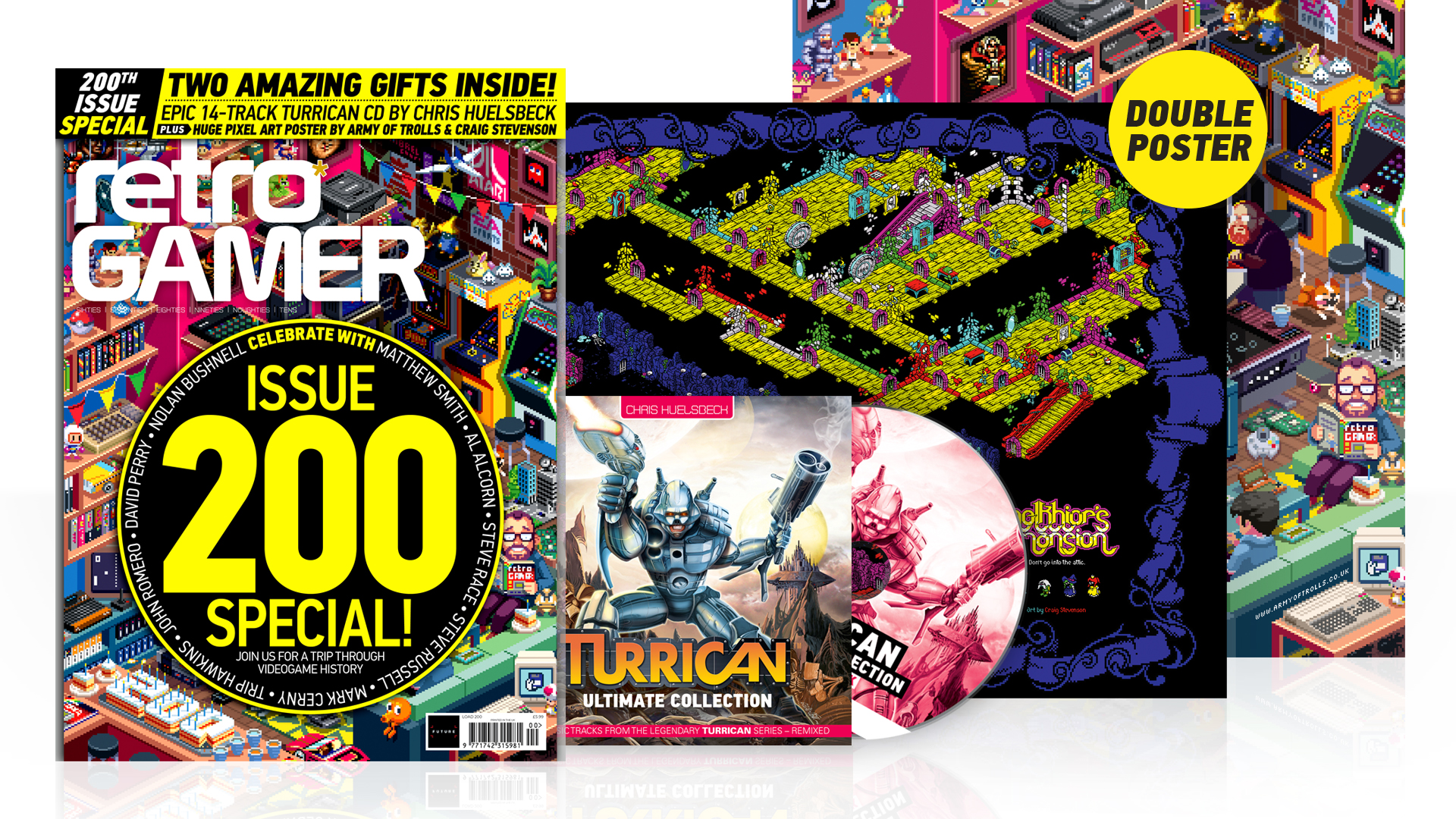
Love retro gaming? From SNES to Mega Drive, PSOne to Xbox, and Spectrum to C64, Retro Gamer magazine delivers amazing features and developer interviews about history's best games every month, and you can save up to 57% on a print and digital subscription right now.
Resident Evil 2 is a fine example of just how hard it can be to develop a sequel. Today, the game is considered to be one of the best games not just in its series, or even just on its host platforms, but of all time. It's one of the most beloved entries in a series with over two decades of heritage, so popular that it has received a remake with the resources of a wholly new production behind it. Yet it could have been so different, because almost a year into its development Resident Evil 2 was a project in crisis.
Hideki Kamiya, a promising developer had been chosen to lead the development of Resident Evil 2 in his first directorial role. Shinji Mikami, the director of the first game, oversaw the game as a producer. Reportedly, the two developers clashed over the creative direction, and Mikami eventually took a hands-off approach, only requesting monthly updates on the game's progress. But with months to go until release, it became clear that the game that was being developed just wasn't a worthy successor.
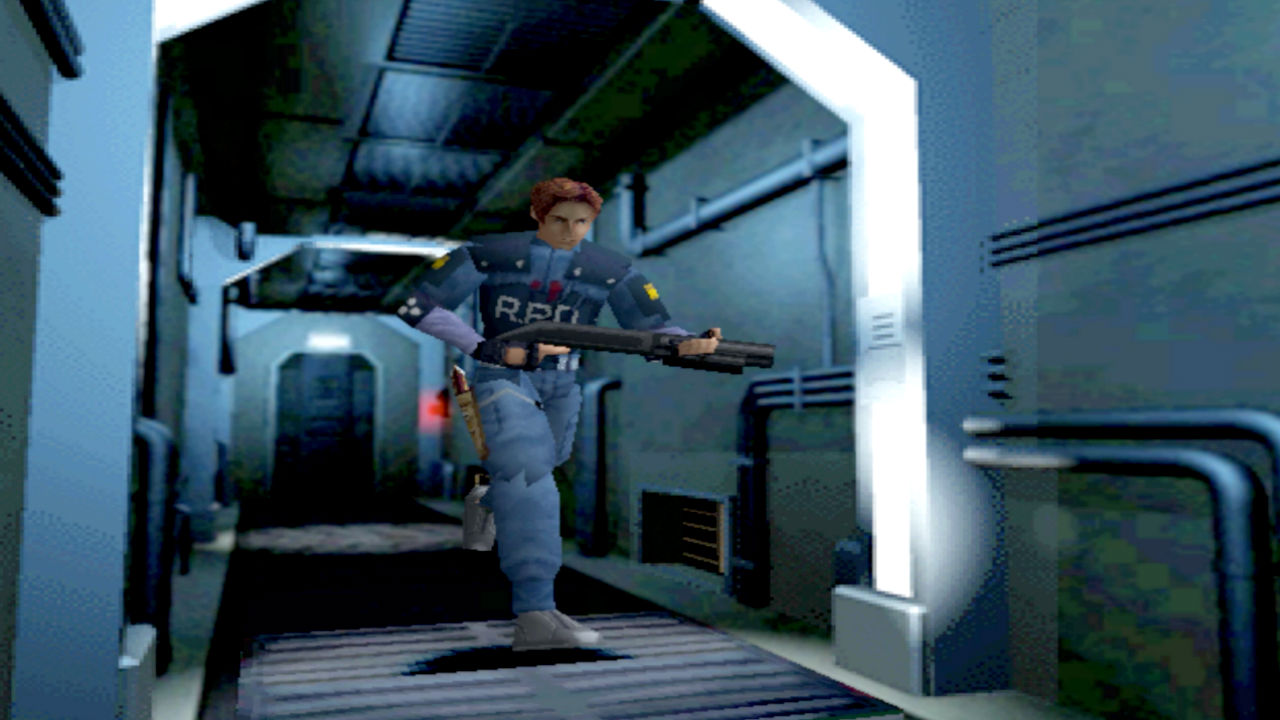
Development was started over from scratch, with Resident Evil: Director's Cut put into production as an apology to the fans. Noboru Sugimura, a scriptwriter with many years of experience on TV shows, was drafted in by Capcom's development supervisor Yoshiki Okamoto to fix problems with the game's plot. Though it already featured many of the concepts that would ultimately make it to the final game, the existing story was unpolished and lacked a strong sense of connection to the world of the first game. While the concepts were retained, just about every asset was redeveloped from scratch – the backgrounds, character models and enemies.
Following the events of the first game, where players had to survive a zombie outbreak in a secluded mansion, the sequel moved events to neighbouring Raccoon City – a mid-sized town of scientist William Birkin, a researcher working for Umbrella Corporation, the villainous pharmaceutical company and bioweapon research organisation behind the original game's events. William is working on the G-Virus, which is capable of turning humans into incredibly powerful and monstrous mutants. Fearing betrayal, he's planning to defect to another company.
Having got wind of this double-cross, Umbrella sends agents to confront Birkin and retrieve both the G-Virus and samples of the T-Virus that was responsible for the first game's outbreak. After being shot, Birkin infects himself with the final remaining sample, mutating himself into a monstrous creature bent on vengeance, then chases down and kills the Umbrella agents. In doing so, the briefcase containing the T-Virus is destroyed, leading to the infection of some nearby rats. Within days, the town's drinking water supply is contaminated and most of the population is undead.
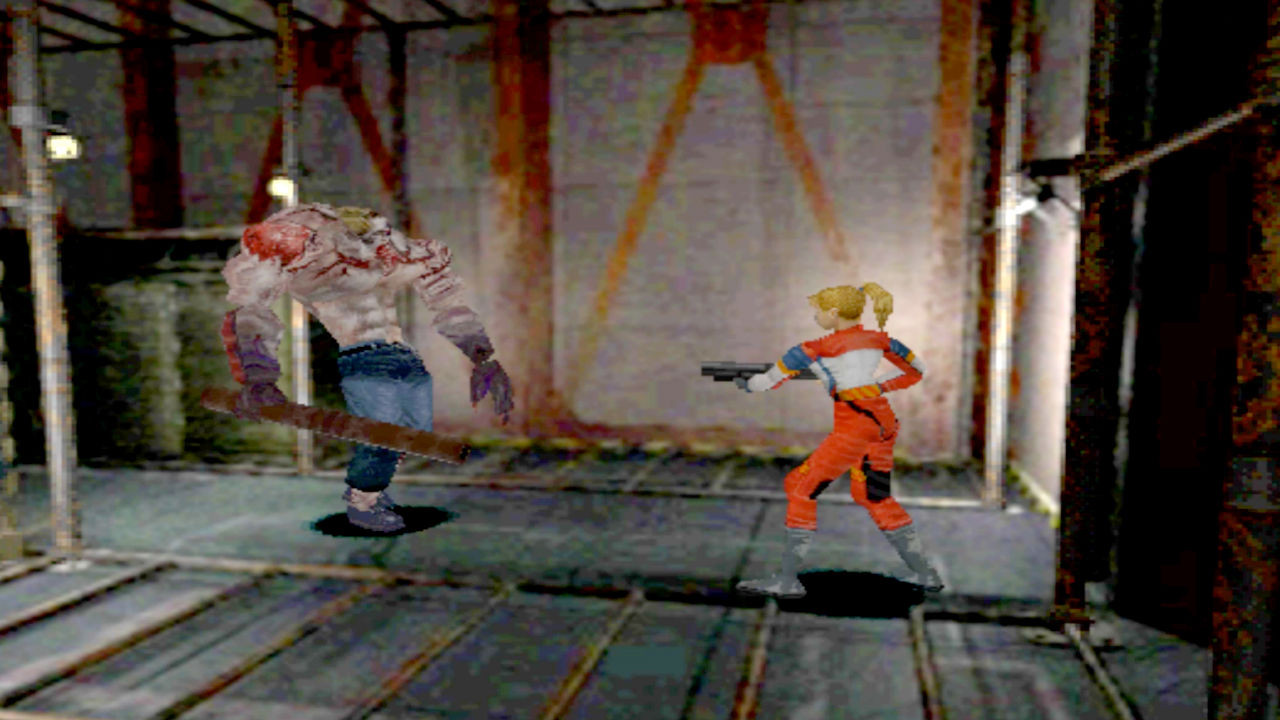
As the director of the Resident Evil 2 remake, Capcom's Yoshiaki Hirabayashi has to know the original version inside out, and therefore possesses a keen insight into what makes the sequel so special – including its setting. "When the game was originally released I had yet to join Capcom – I was still a university student, and enjoyed it simply as a player.
Sign up to the GamesRadar+ Newsletter
Weekly digests, tales from the communities you love, and more
Resident Evil 2 was actually my first Resident Evil game, so at the time I didn't have any reference point of the original game being set in a mansion compared to Resident Evil 2's city," explains the Resident Evil veteran. However, his first work in the series was on the remake of the original game, so he's well-placed to explain how the games contrast with one another. "When I subsequently played Resident Evil, I thought the different settings brought out different strengths in each game – the atmosphere and claustrophobic single location of Resident Evil, and the larger-scale drama and entertainment of RE2," he continues.
Resi-recstion
It's easy to see his point, as Resident Evil was fairly sedate after its action-packed introductory FMV. The designers gradually ramped up the tension by introducing a missing team member, blood and then the first zombie – a shocking moment that doesn't come until a few screens into the game. Resident Evil 2's introduction was also explosive – quite literally, as the two protagonists are separated by a blast caused by a zombified truck driver. But once the game begins, they're dropped straight into the streets of Raccoon City and surrounded by the flesh-munching undead.
"I think that Resident Evil used its setting of being trapped in a single location to build up tension as the nature of the situation was revealed gradually," says Hirabayashi. "But when it came time to make the sequel, that was an established part of the story and it was probably seen as more effective to immediately message to the player just how much bigger in scale the situation is." Moving the action to Raccoon City allowed the developers to instantly convey the difference between the first game's relatively contained zombie outbreak and the complete catastrophe of the sequel.
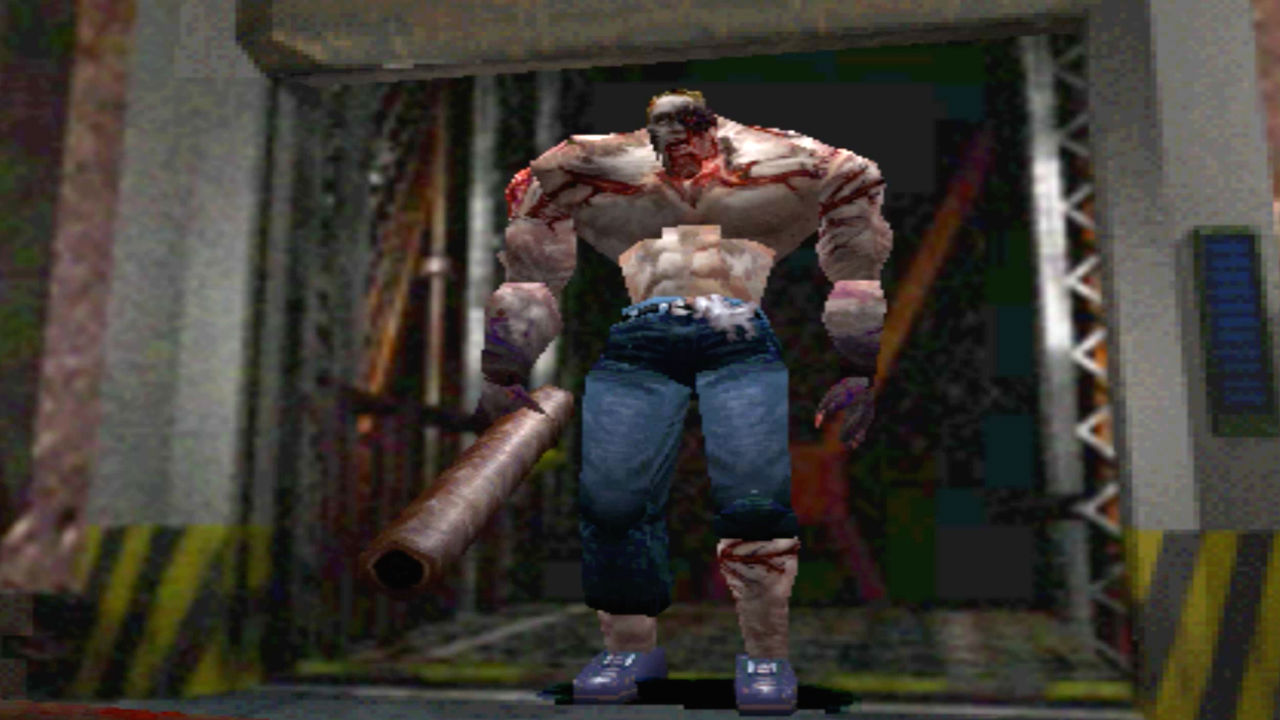
Of course, while the city streets are a great place to convey the scale of the outbreak, they lend themselves much more effectively to action than they do to the puzzles that were also an integral part of the first game. Additionally, the original game's mansion was such an iconic location that regular city streets just wouldn't match up. Luckily, Resident Evil 2 has the Raccoon Police Department. Although you'll progress into the sewers and an underground laboratory before the game's end, it's this signature location that you'll spend most of your time in. Your modern cop shop might not sound like the scariest place (your own criminality or the local police corruption aside), nor like a natural place for obscure puzzles, but it works within the context of the game.
"As some fans may know, the RPD building featured in the game is supposed to have been a former museum," Hirabayashi explains, before addressing the unusual puzzles. "We are still making a game here, so there will of course be some devices and so forth that you wouldn't see in real life, but don't you think that mixture of realistic elements and game-like elements is one of the great things about Resident Evil?" Absolutely. But it turns out there was one oddity that Hirabayashi couldn't get past: "I have always thought it was strange that the police station didn't have any toilets!"
This story helps to make a unique gaming location, albeit one lacking in certain convenient facilities. By choosing to deliberately fashion the RPD after something other than a modern police station, the background artists were able to create a location that serves a number of purposes. It can believably be seen as a police HQ, but could conceivably house oddities that wouldn't be found in a purpose-built station. Its Gothic architecture is simultaneously striking and intimidating – even before you realise that it's also crawling with the living dead. And as Hirabayashi notes, the very idea of a zombie outbreak in a police station is psychologically jarring. "I can't speak to the original development process – please don't think I speak on behalf of the original developers! – but my opinion is that a police station is a good contrast with the danger of the situation the characters find themselves in," says Hirabayashi. "It should be a safe place, so finding it to be such a dangerous place is a very interesting motif."
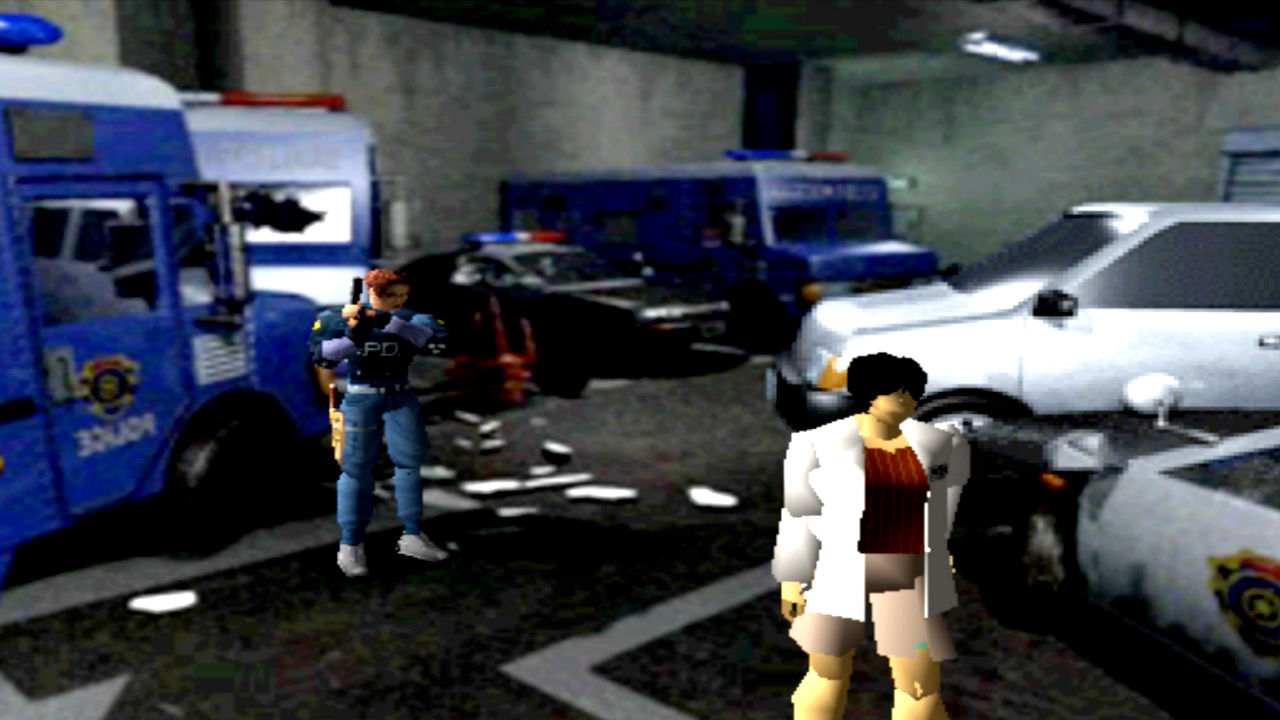
"A police station is a good contrast with the danger of the situation the characters find themselves in."
Yoshiaki Hirabayashi
It's also worth noting that Resident Evil 2's backgrounds were a significant step forward from those of the original game. As before, these were pre-rendered to provide the maximum possible visual quality, but this time the scene complexity was far greater – evident from the very first scenes, where the streets are strewn with crashed cars and broken glass, alleyways are piled with rubbish and covered in graffiti, and remnants of military blockade operations are visible. Throughout the game there's more detail in every scene, compared to the wallpaper and indoor decorations of the original mansion. The game also incorporated CGI sequences for FMV throughout the game, ditching the live action elements of the original.
But it wasn't just the pre-rendered visuals that got a major upgrade. Character models received an increased polygon count, and the new enemy designs are amongst the most iconic to be seen in the series. One of the most terrifying is the Licker – a blind, skittering nightmare with an exposed brain and visible musculature, with a signature long tongue that is used to attack players. What is it that makes them so memorable?
"Zombies are, visually speaking, an extension of normal humans, but the Lickers takes the internals of the human body, which we all know we have inside us but rarely, if ever, see for ourselves; and [it] lays them bare in a way that's a great, shocking contrast with the more human-looking zombies," says Hirabayashi. "Its ability to climb over walls and ceilings fluidly also contrasts well with the zombies." Indeed, the creature's intro is one of the most memorable moments of the game – as you wander through a corridor in the police station, you can see something darting in the distance. You round a corner and see blood dripping from the ceiling, before a cutscene plays and shows you the Licker in full, gruesome detail.
Mutating a masterpiece
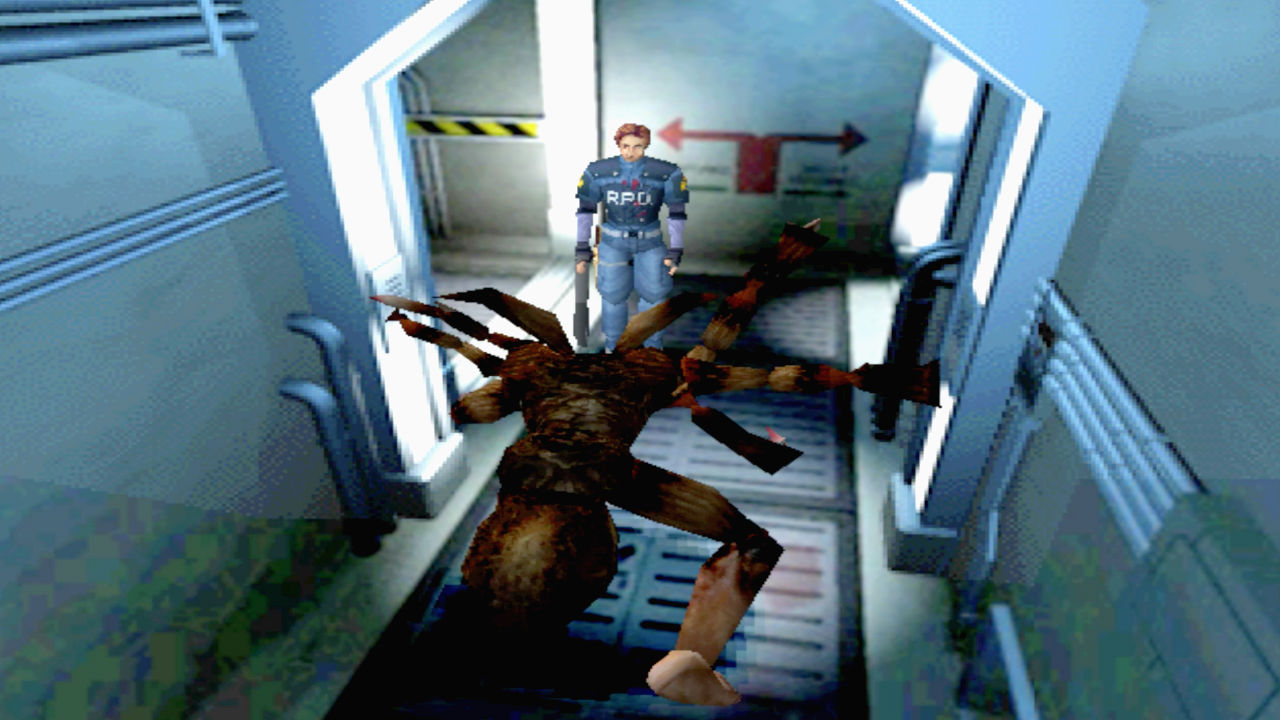
Resident Evil 2 provided plenty more memorable encounters, from the sewer fight with a gigantic alligator to the secret encounter with the zombified STARS helicopter pilot Brad Vickers. But two more in particular stand out as highlights. The original Resident Evil concluded with a fight against the incredibly resilient Tyrant, and the enormous humanoid creature returns in the sequel – this time pursuing the player as they make their way through the game's B scenario, often appearing by surprise. This was so good that Resident Evil 3 was built wholly around the concept of being hunted by a single relentless pursuer.
Then there's William Birkin, whose mutations become progressively more severe throughout the game due to the influence of the G-Virus. At first, his main distinguishing features are his oversized right arm and a gigantic eyeball that has developed within it, but he soon starts to lose the vestiges of his humanity – his face and hair slip from his skull, he grows additional arms and eventually develops a bestial appearance, before ending up as little more than a shapeless mass of flesh and teeth. It's the first time we see a single character undergo such changes from start to finish, and it makes a big impression.
Graphical additions were also used in conjunction with game mechanics to improve the overall feel of the game. One of the clear goals throughout development was to more viscerally represent the damage characters took throughout the game, and the method finally employed was to alter movement. At first, players can run around as normal, but after a few bites they'll clutch at injuries and even start to limp if they're severely wounded. Of course, a limping character is less effective at zombie-dodging than a healthy one, increasing the likelihood of further damage and adding to the tension of the game.
"All of the Resident Evil games [since RE2] have used character animation to indicate threat to the player, as it's an effective way of increasing the immersion, but you always have to balance this visual realism with the amount of stress it will cause a player," says Hirabayashi. "In a horror game, some stress is necessary, so it's a matter of how you balance the two."
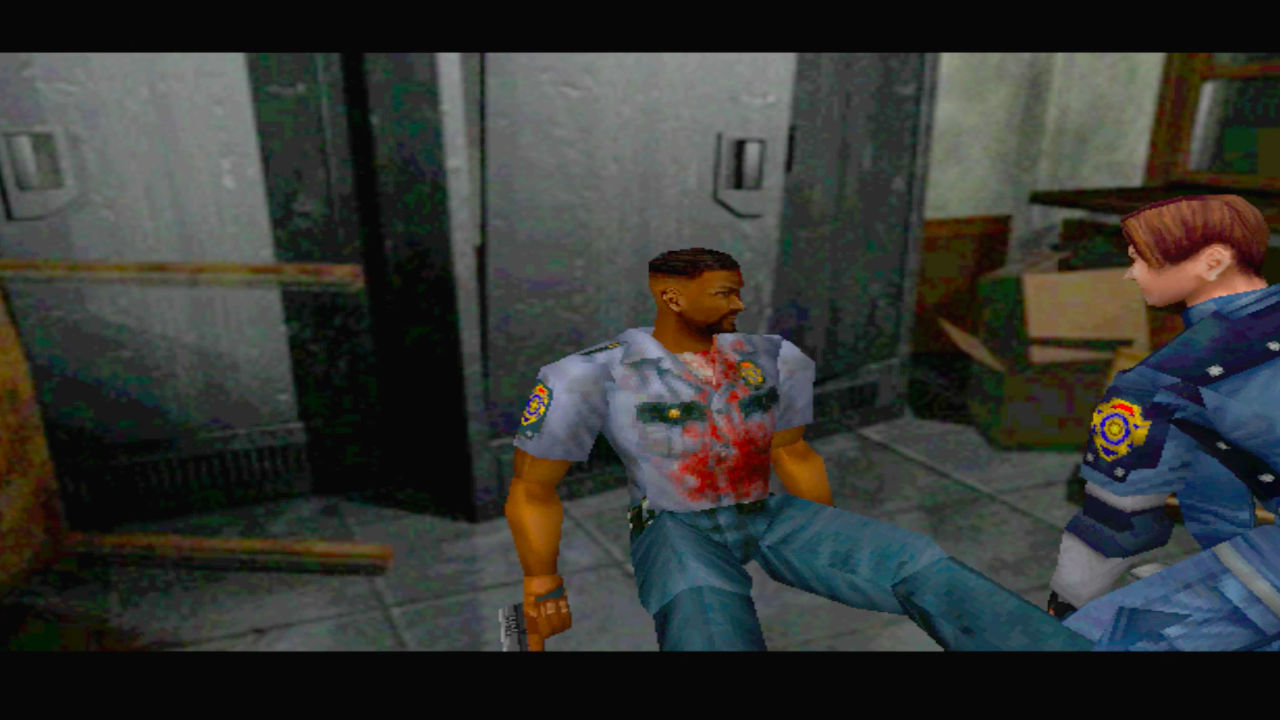
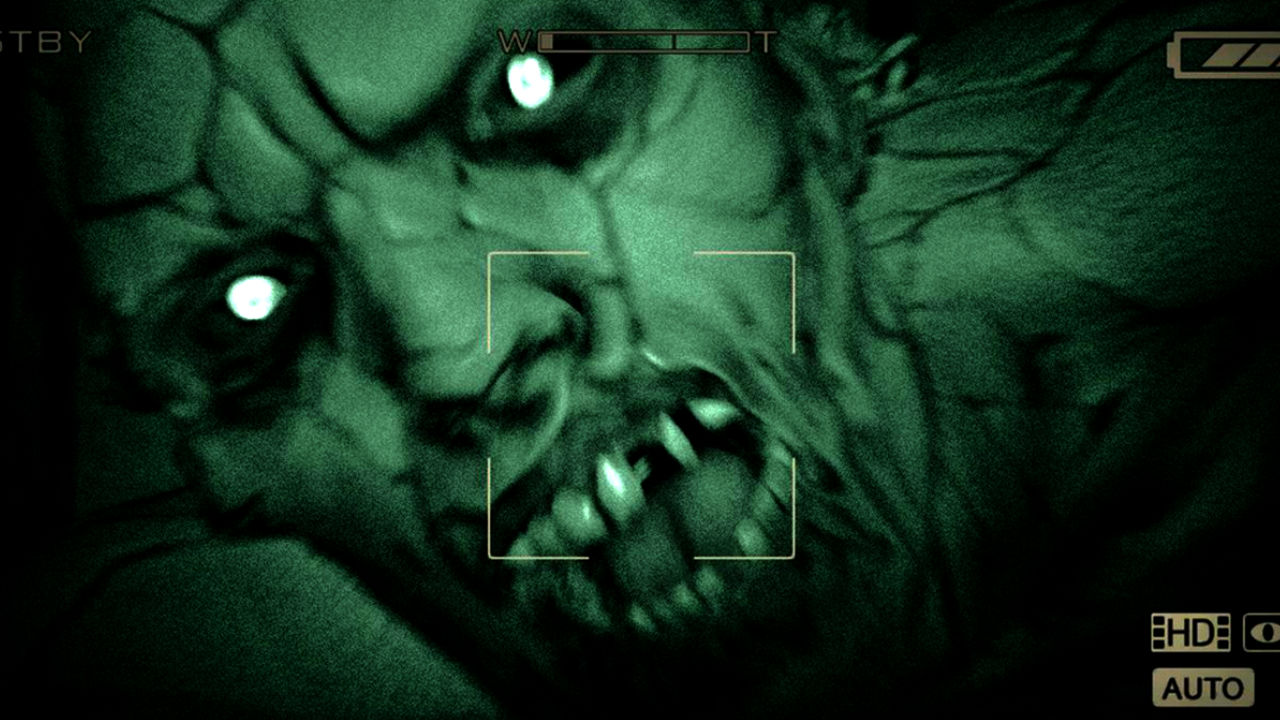
The 20 best horror games of all time
One of Resident Evil 2's other strengths was that it offered a strong cast of survivors, which is always a necessity in a good horror story. These weren't just characters that you wanted to protect to avoid having to restart the game – they had individual plights that you could relate to, and connections to the characters you already cared for in the original game.
"Since the first game in the series, the appealing characters and the storylines they are involved in have been one of the most popular elements of the franchise," says Hirabayashi. "I think that by having a cast of characters related by blood or organisation, we've been able to increase both the consistency of the series storylines and the connection players feel to the characters."
Like its predecessor, Resident Evil 2 offered the choice of a male or female protagonist – but unlike the characters of the prior game, these weren't special operatives with heaps of combat training, making them somewhat easier to relate to. Though he was a trained police officer with his own weapon, Leon Kennedy was a rookie, arriving for his first day on the job to find a situation beyond all expectations.
"Leon is an appealing character in terms of his personality and looks, and also I think he's been in games which may have been many people's first Resident Evil games. So they may feel a special connection to him in that sense," says Hirabayashi. Indeed, even when the development of the game was restarted, Leon's character design and backstory were changed very little. It seems like Capcom's staff knew they were onto a winner with him, so it's no surprise that he has returned in games such as RE4 and RE6.
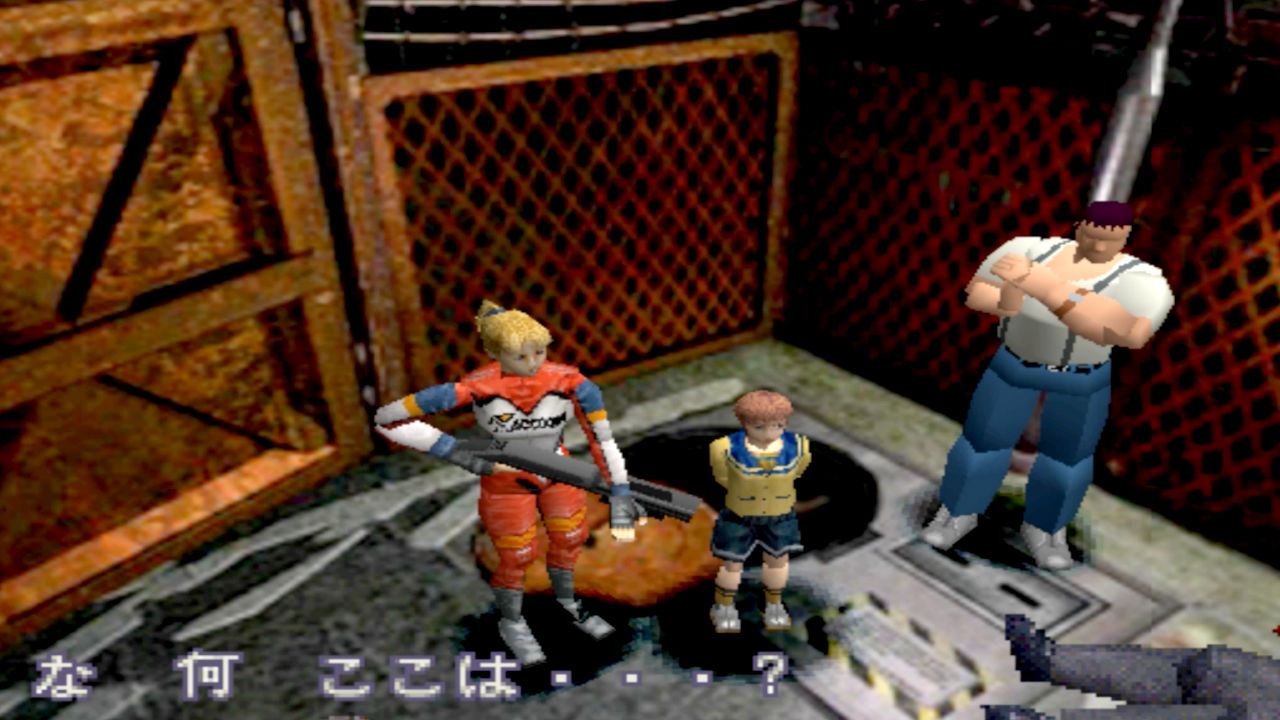
The game also expanded the use of partner characters over the original, as each could be controlled during key points in the story. Leon's partner was Ada Wong, a mysterious woman whose motives are never entirely clear, and who serves as a friend, foe and love interest. Her appearance within the game raised more questions than it answered – but as Hirabayashi points out, such characters serve a key purpose in a series like Resident Evil. "It's satisfying to have a story where everything is explained, but you can also leave open some possibilities for the future by having a story which is generally resolved but leaves some mysteries. The series has come this far by using storytelling which makes people want to keep going and find out what happens next," the developer explains.
The other main character was Claire Redfield, whose character was evolved from the original Elza Walker concept. She retains most of the backstory and personality traits of the original design, including her love of motorbikes and status as a student, but was rewritten as being the younger sister of Chris Redfi eld in order to better tie the game into the overall Resident Evil story. She's the first civilian protagonist in the series, but remains a tough and capable fighter. She finds herself herself protecting Sherry Birkin, the daughter of the game's hideously mutated antagonist.
"Family is one of the most important themes in the story, so having a child character really adds to the ability to tell a story like that," notes Hirabayashi. Indeed, one of the primary fears of zombie horror is seeing your loved ones not only killed, but turned against you – and the fact that William Birkin retains just enough of himself to doggedly pursue his daughter makes him that much scarier. Uniquely, Sherry is unarmed but is small and quick enough to dart around most of the enemies she'll encounter.
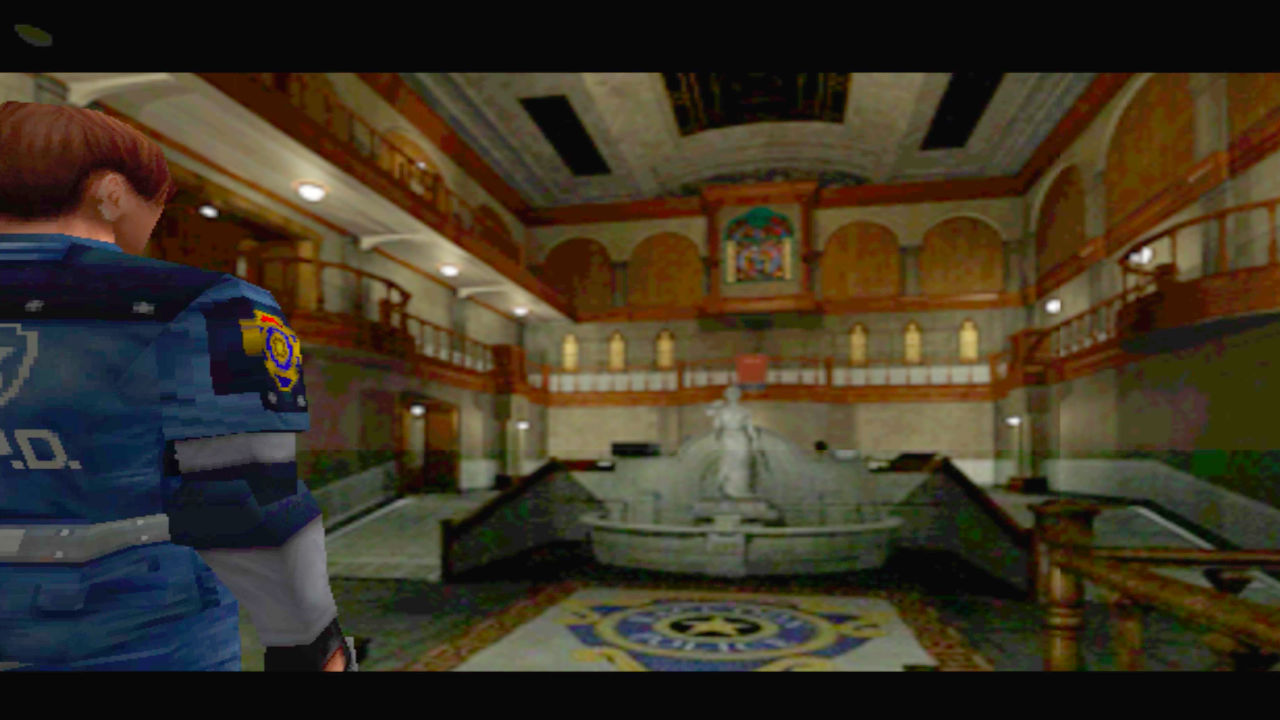
"Resident Evil 2 had pretty much all the different aspects of Resident Evil that fans love."
One of the biggest game design innovations in Resident Evil 2 was a ‘story zapping' system. "Resident Evil let you choose from two characters to play as, giving you multiple perspectives on the story. I imagine the team wanted to go even further than Resident Evil did in mixing the story and gameplay system together to create the zapping system," says Hirabayashi. Each character could play through A and B scenarios, examining what would have happened if the car crash at the beginning of the game had turned out differently, stranding the characters on the other side of the truck. But it's more than just a storytelling trick – the actions you take in the A scenario affect subsequent sessions in the other character's B scenario. For example, the A scenario character can make things harder for the B scenario character by taking key items like the submachine gun, or make things easier by destroying certain unique enemies that won't appear later.
This is certainly innovative, though as Hirabayashi notes, "It's definitely a tough challenge to design a game around such a feature." The increased scope of the game meant that two discs were needed to deliver the full game, even with space-saving measures such as the use of chip-generated music rather than a CD soundtrack (not that you'd notice the difference if you weren't told – the quality is superb).
When Resident Evil 2 was released in 1998, it drew widespread critical acclaim. The game was awarded 96% by Play's Alan Rausch, who praised the game for its "varied and exciting" locations as well as its setpieces. He also compared its relationship to the original with that of the movie Aliens – "the adventure has progressed from tense, gritty origins to all-out action."
In CVG's 5/5 review, Steve Key noted that "Our forum page on Game Online has differing views on RE2, many complaining that it's too short," but disagreed with that assessment, noting the replay value offered by the two characters and their A and B scenarios. Edge's review scored the game 9/10, with particular praise given to its advances in plot delivery – the magazine felt that it was "a video game more akin to a movie than almost anything else that's been attempted", and that "the sequel has a script that – while not exactly Shakespeare – isn't far short of something like the X-Files." The Official UK PlayStation Magazine also scored the game 9/10.
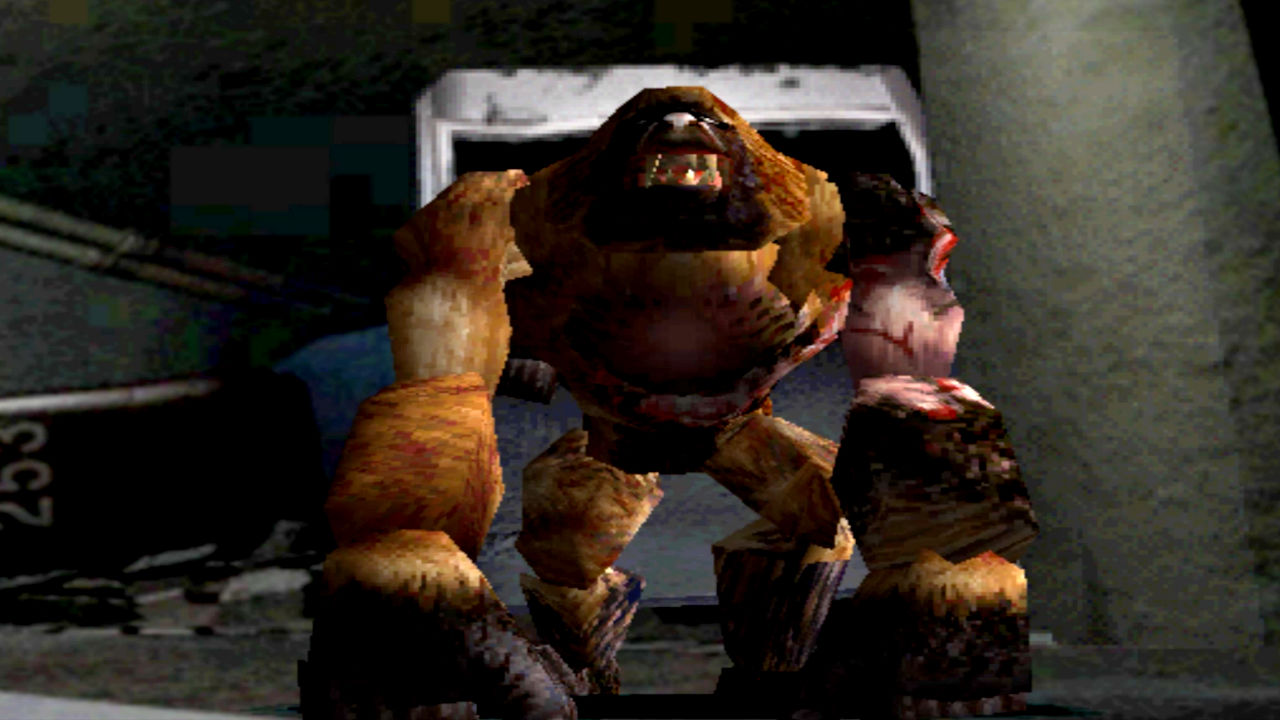
Resident Evil 2 was Capcom's best-selling game in over five years. The PlayStation version sold 4.96 million copies, which put it behind only the SNES version of Street Fighter II in Capcom's all-time list, and just beats out the combined sales of the three PlayStation versions of the original game. The game was re-released later in 1998 with DualShock compatibility.
The first conversion of Resident Evil 2 announced was for the Saturn, but it was cancelled in mid-1998 due to apparent concerns over quality – though the system's rapidly declining fortunes would certainly have played a part in that decision too. The game eventually came to PC, N64 and Dreamcast in 1999, achieving critical acclaim across all three formats. A GameCube release in 2003 was less well-received, mostly due to the fact that it was a straight conversion of a five year old game, arriving after the wonderful remake of the original.
A successful experiment
All these years later, Resident Evil 2 stands the test of time. Readers of Retro Gamer voted it the greatest PlayStation game in issue 127's top 25 list, and they also placed it highly in issue 150's countdown of the top 150 games of all time. The game has an enormous legacy, too. "It has been an inspiration for the entire series ever since it came out, and of course, for the reimagined Resident Evil 2, it's the main source of all our inspiration! What we are trying to do is design a modern game system which matches up perfectly with the key pieces of the original game which we want to try to keep intact as much as possible," says Hirabayashi.
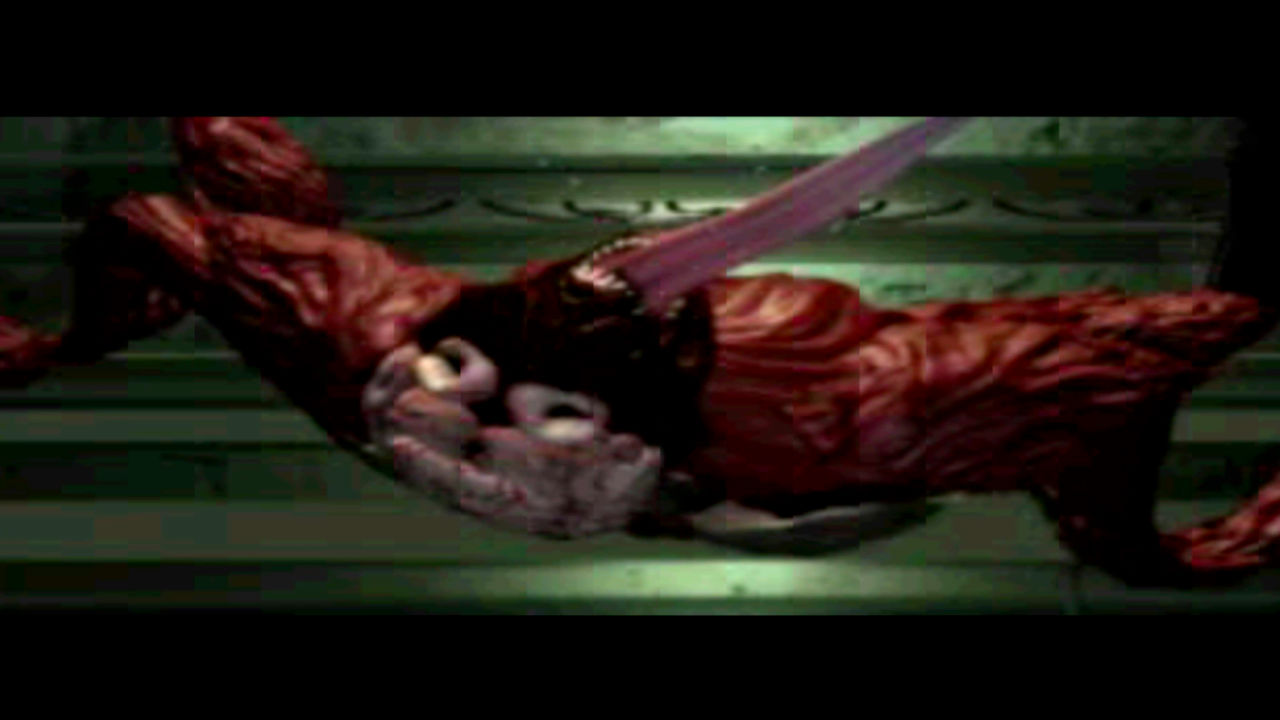
Indeed, the success of the game did much to determine the future direction of the series – particularly its setting, as proven by how often the destruction of Raccoon City has been expanded upon and revisited. Resident Evil 3: Nemesis follows the story of the original game's Jill Valentine as she attempts to escape the city, pursued by the almost unstoppable Nemesis creature. The two Resident Evil Outbreak games for PS2 also explored different aspects of the town's destruction with a cast of civilian characters.
The on-rails shooting spin-off Resident Evil: The Umbrella Chronicles retells the events of Resident Evil 3, with Ada Wong and HUNK's background roles explored in sub-chapters, and its sequel Resident Evil: The Darkside Chronicles retells the events of Resident Evil 2 directly. Finally, the spin-off Resident Evil: Operation Raccoon City is a third-person shooter, offering an alternative retelling of the events surrounding the city's destruction. Even though the series has moved away from Raccoon City, the plot still frequently features the Resident Evil 2 cast, with Leon and Claire taking starring roles in later games.
But just what is it that allowed this game to make such an enduring impression on players? It's hard to single out any one thing. As a sequel, it was a dramatic upgrade over the original – but that doesn't account for the game's impact on newcomers. To focus on the compelling story presentation is to ignore the way the game design amplified the feeling of dread, and vice versa. So we'll leave the final word to Hirabayashi. "Resident Evil 2 was able to keep the survival horror atmosphere of the first game while substantially scaling up the dramatic and entertaining story and gameplay for an all-round incredible experience," he concludes. "Different players enjoy the series in their own different ways, but Resident Evil 2 was a game which had pretty much all the different aspects of Resident Evil that fans love."
Save up to 57% on a Retro Gamer magazine subscription bundle and have the best retro gaming features and interviews delivered to your door each month
Nick picked up gaming after being introduced to Donkey Kong and Centipede on his dad's Atari 2600, and never looked back. He joined the Retro Gamer team in 2013 and is currently the magazine's Features Editor, writing long reads about the creation of classic games and the technology that powered them. He's a tinkerer who enjoys repairing and upgrading old hardware, including his prized Neo Geo MVS, and has a taste for oddities including FMV games and bizarre PS2 budget games. A walking database of Sonic the Hedgehog trivia. He has also written for Edge, games™, Linux User & Developer, Metal Hammer and a variety of other publications.




